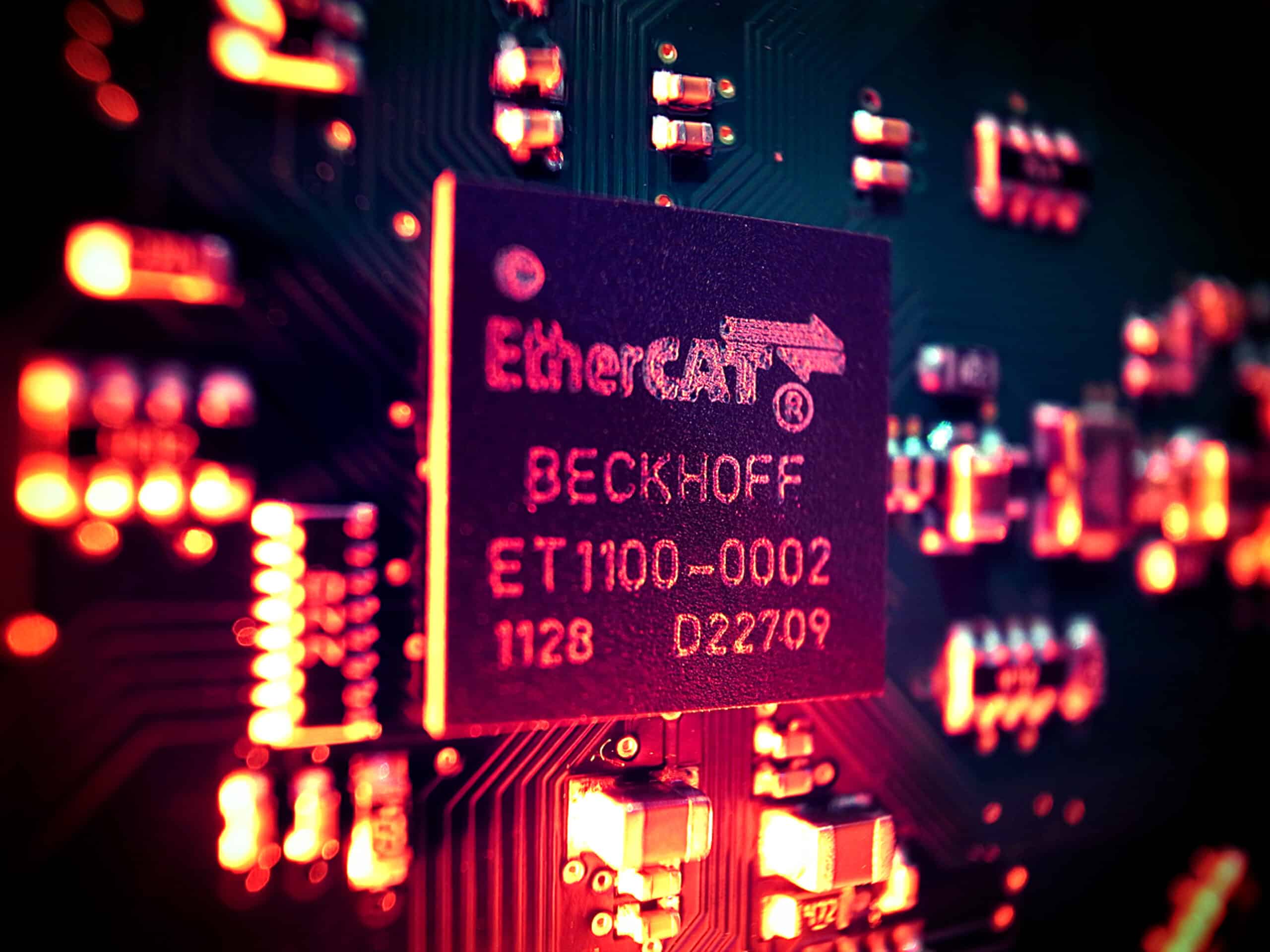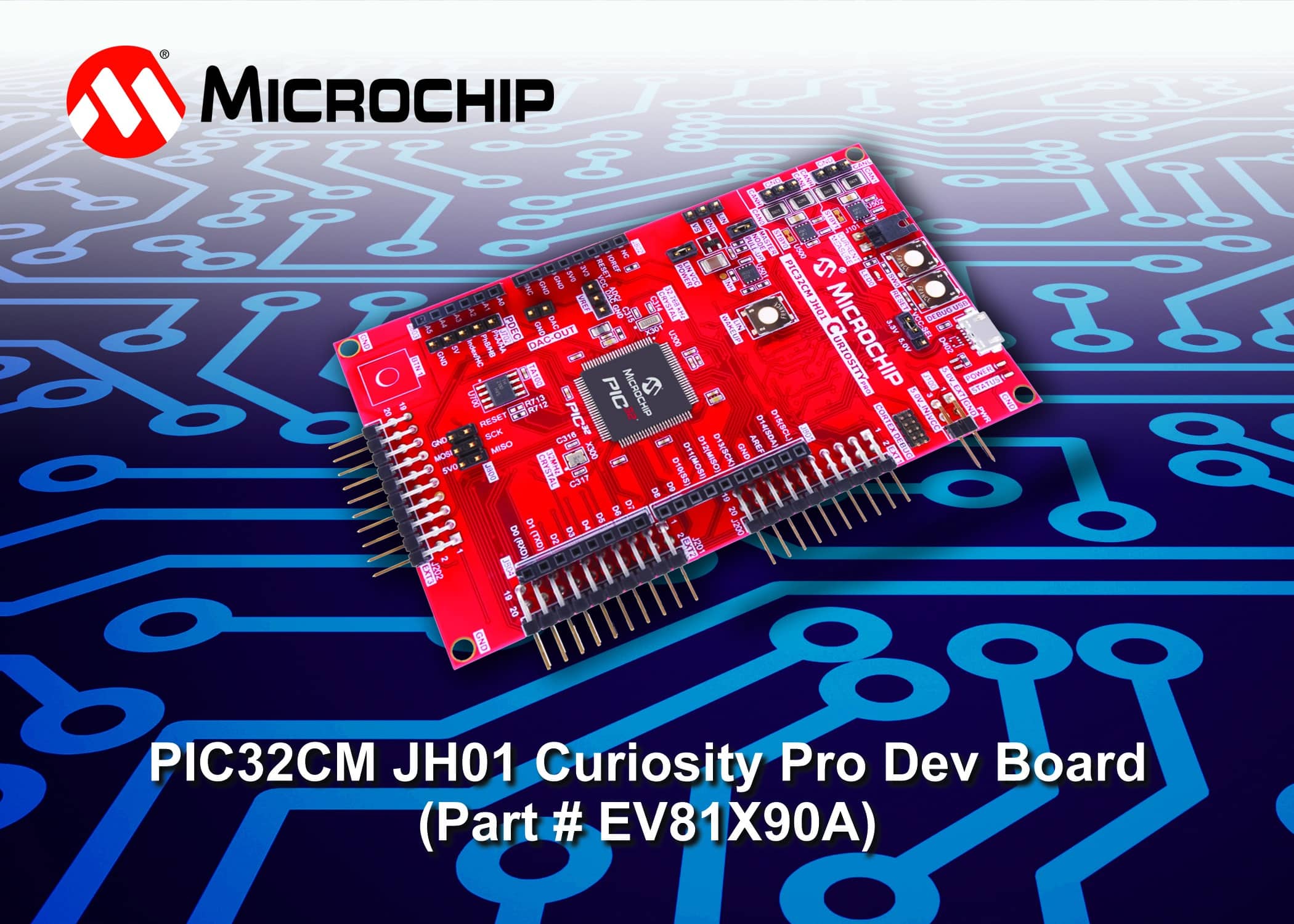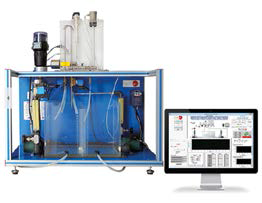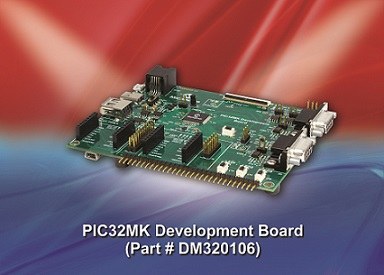The conventional approach to developing Fieldbus (Fieldbus) compatible industrial devices using hardware modules has many drawbacks. Today the development of software stacks running on the microcontroller of the embedded device can offer a simpler and more flexible solution.
Introduction
Industrial sensors are used in factories to measure physical quantities such as temperature, pressure, light, and the level of liquids stored in storage containers. The signals generated by these sensors are analog and must be converted to a digital format for processing by a programmable logic controller (PLC) that monitors the process. Fieldbus networks are now widely used to transport digital signals from sensors to the PLC (Figure 1), which then processes this information and responds appropriately by sending control signals over the network to a series of actuators, valves and motors depending on the needs.
This article provides a brief overview of the different Fieldbus networks used today and discusses the benefits of using a Fieldbus network to transport sensor readings and control signals in an industrial environment compared to previous solutions. It then describes the conventional method used to make sensors and controllers compatible with a certain type of Fieldbus and assesses the limitations it represents before finally proposing a much simpler, more flexible and cheaper method of implementing Fieldbus in industrial equipment.
Fieldbus
Fieldbus is a term covering a family of industrial computer networks for real-time distributed process control that has been standardized by the International Electrotechnical Commission as IEC 61784/61158. Before the advent of Fieldbus, industrial I/O signals were transported by means of voltage (RS232) or current (4-20mA) signals through specialized links that connected each device in the plant with the PLC. As factories have grown, this method has become unwieldy, requiring the installation of ever longer cables (up to several kilometres) that are virtually impossible to inspect and repair. Another drawback of analog signals is that they are susceptible to interference from the high levels of electrical noise present in an industrial environment due to switching power supplies and stray magnetic fields from motors. Fieldbus was invented to allow the connection of various I/O devices to a single network cable (bus) using digital signals, which are more robust against electrical noise. Because it requires less cabling, a bus network made it much easier to expand industrial processes. A practical analogy would be to think of what Fieldbus means for industrial equipment as Ethernet does for PCs on a local area network (LAN) to which more devices can easily be added via network switches. The first Fieldbus networks were proprietary, which means that different manufacturers developed many different types. No single industry standard has emerged, resulting in numerous incompatible versions being used in factories around the world. Among the most widely used Fieldbus networks today are:
- Profibus
- Modbus
- CANopen
The protocols differ primarily in the number of devices they support, the syntax of their commands, and their variety of physical interfaces. Fieldbus real-time networks developed in recent years can use an Ethernet interface and cabling but are not interoperable. Among these networks are:
- EtherCAT
- Profinet
- Ethernet/IP

Hardware drawbacks
For a device or industrial controller to work on a given Fieldbus network (eg Profibus) it needs to be able to "speak the language" of that network. This is typically achieved by selecting a specialized application-specific integrated circuit (ASIC) or hardware module to perform that task. Although good may seem like a practical and low-risk solution, it has several disadvantages that are not immediately apparent. One important limitation is that it restricts device communication to the particular version of Fieldbus implemented by the ASIC or hardware module. This immediately narrows the market for a device to just the customers using that particular Fieldbus network in their industrial processes. In order for a device to work on other Fieldbus networks, a different ASIC or module must be used. Since the ASICs use different packages and the pin functions are also different, this can require a lengthy and costly redesign of the system. Another drawback of this method is that it limits the functionality of the industrial device to that provided by the ASIC/module as it can be difficult to add changes to a preconfigured software stack and may not be allowed by the manufacturer. It therefore affects the number and features that can be introduced into new product designs. Also, since the ASIC or module may only be supplied by its manufacturer, this leaves you vulnerable to supply chain issues and future price increases. Some ASIC and module manufacturers may also require a royalty for each device sold, which would represent an unavoidable cost overrun over the life of the product.
Software-based approach
An emerging alternative to hardware is the provision of a Fieldbus software stack that runs, not on the system's microcontroller, but on an embedded device. This approach offers many advantages as it allows for a fully bespoke product and equipment manufacturers to take full ownership of their supply chain. Added to this is the fact that eliminating the need for a hardware module results in immediate cost savings as the bill of materials is reduced.
An added benefit of this approach is that you can reuse the same design across different products. Simply modifying the code in the software stack to allow the microcontroller to communicate with another Fieldbus can bring a new product to market much faster than if you needed to redesign the hardware. A software-based approach also makes it easy to add innovative and tailored features to higher-end products by changing the code in the stack. So, for example, the RT-Labs device stack for Profinet, with its small code, makes it much less complicated than other Profinet stacks, making it highly suitable for embedded systems.
Conclusion
Fieldbus is a mature technology but its advantages in industrial process control mean it is still widely used in factories around the world. The conventional approach to making industrial Fieldbus devices compatible has been to use a commercial ASIC or module. While it may seem like a low-risk technology solution, it can become a high-risk one if the hardware supply chain cannot be guaranteed. Turning to a Fieldbus software stack is an alternative that provides much greater flexibility, more innovation, lower costs, and less vulnerability to supply chain disruption.
Author: Hans-Erik Floryd, Chief Technology Officer and Co-Founder of RT Labs







